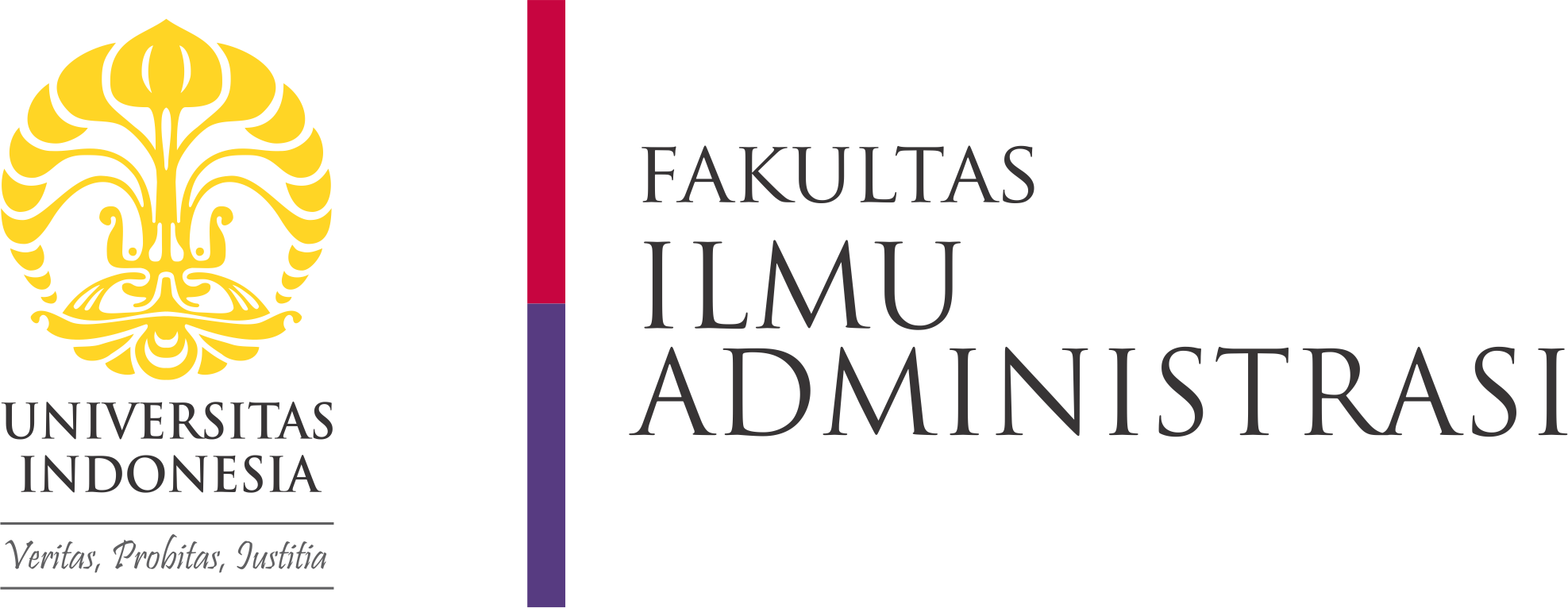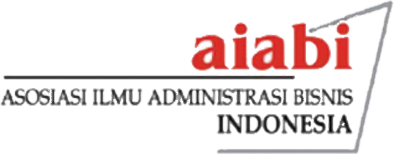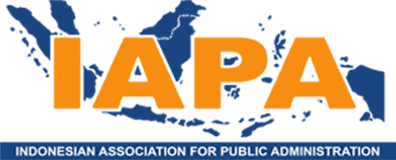Creative Commons License

This work is licensed under a Creative Commons Attribution-Share Alike 4.0 International License.
Abstract
This paper aims to explain the collaboration between the Jimbaran indigenous village government and civil society in addressing the impacts of the COVID-19 Crisis. Additionally, it also explains why collaboration between those actors occurred. Utilizing an interpretive approach, this phenomenological study uncovers the collaboration between the indigenous village government and civil society in Jimbaran Regency, Bali. The data is collected through desk study, observation, and semi-structured interviews. Based on the data analysis, collaboration is initiated by civil society through their creative ideas. It was then discussed and supported by the legitimate actor from the regency, the ward, and the indigenous village government. This collaboration, which occurred in economic and health activities, can be carried out thanks to the existence of rules, actors' understanding of citizens' needs, religious values and actors' principles, complementary roles between the indigenous village government and civil society, strong actors' commitment, understanding of the benefits of collaboration, stakeholders' appreciation, and the roles of the head of the citizen empowerment unit (CEU) as an enabler of this collaboration. According to these findings, it is understood that the involvement of organizations with informal and formal legitimation is required in carrying out activities to address complex crises such as COVID-19. The actors also should involve in both the economic and health aspects of the crises because these aspects significantly impact livelihood. Local values play significant roles in strengthening collaboration.
References
Agranoff, R. (2012). Collaborating to Manage: A Primer for the Public Sector. Washington, DC: Georgetown University Press.
Annan, K. (2003). Civil society occupies a unique space where ideas are born,where mindsets are changed, and where the work of sustainable development doesn't just get talked about,but gets done. United Nations Development Programme One United Nations Plaza New York.
Ansell, C., Gash, A. (2008). Collaborative Governance in Theory and Practice. Journal of Public Administration Research and Theory, 18(4), 543-571. doi:10.1093/jopart/mum032.
Arenas, D., Sanchez, P., & Murphy, M. (2013). Different Paths to Collaboration Between Businesses and Civil Society and the Role of Third Parties. Journal of Business Ethics, 115(4), 723-739.
Badan Pusat Statistik Provinsi Bali. (2020). Pendapatan Asli Daerah (PAD) Kabupaten/Kota di Provinsi Bali (Ribu Rupiah), 2018-2020. Badan Pusat Statistik Provinsi Bali.
Bali provincial government. (2019). Peraturan Daerah Provinsi Bali Nomor 4 Tahun 2019 Tentang Desa Adat Di Bali.
BPS Kabupaten Badung. (2021). Kabupaten Badung Dalam Angka Badung Regency In Figures 2021. BPS Kabupaten Badung,
Brechenmacher, S., Carothers, T., & Youngs, R. (2020). Civil Society and the Coronavirus: Dynamism Despite Disruption. Carnegie Endowment for International Peace.
Budiana, I., Gorda, A. (2017). Peran Desa Adat (Pakraman) Dalam Pelestarian Bahasa Dan Sastra Dalam Kerangka Penguatan Kebudayaan Bali. Jurnal Ilmiah Dinamika Sosial, 1(2).
Busscher, N., Vanclay, F., & Parra, C. (2019). Reflections on How State–Civil Society Collaborations Play out in the Context of Land Grabbing in Argentina. Land, 8(8), 116. doi:10.3390/land8080116.
Choi, Y. (2020). The Power of Collaborative Governance: The Case of South Korea Responding to COVID‐19 Pandemic. Policy Studies Organization, 12(4), 430-442. doi: 10.1002/wmh3.376.
Creswell, J.W. (2007). Five Qualitative Approaches to Inquiry. In J. W. Creswell (Eds), Qualitative Inquiry and Research Design: Choosing among five Approaches. Thusands Oaks: Sage Publications.
Donahue, J., Zeckhauser, R. (2011). Collaborative Private Roles For Public Goals In Turbulent Times Governance. United States of America : Princeton University Press.
Emerson, K., Nabatchi, T., & Balogh, S. (2011). An Integrative Framework for Collaborative Governance. Journal of Public Administration Research and Theory, 22(1), 1-29. doi:10.1093/jopart/mur011.
Huang, I. (2020). Fighting COVID-19 through Government Initiatives and Collaborative Governance: The Taiwan Experience. Public Administration Review, 80(4), 665–670. doi: 10.1111/puar.13239
Johnson, B R & Christensen, L. (2014). Educational research: Quantitative, Qualitative, and Mixed Approaches. United States of America: Library of Congress Cataloging-in-Publication Data.
Mao, Y. (2020). Combating COVID-19 Through Collaborative Governance: Lessons from East Asia. Chinese Public Administration Review. 11(2).
Megawati, S., Niswah, F., & Oktariyanda, T. (2020). Collaborative Governance as Handling Efforts of Pandemic Covid-19 in Surabaya City. Proceedings of the 3rd International Conference on Social Sciences (ICSS 2020), Advances in Social Science, Education and Humanities Research, 473.
Neuman, W. Lawrence, (2007). Basic of Social Research: Qualitative dan Quantitative Approach. US: Perason Education, Inc
The World Bank. (2021). Having maintained political stability, Indonesia is one of East Asia Pacific's most vibrant democracies, emerging as a confident middle-income country. Retrieved from The World Bank: https://www.worldbank.org/en/country/indonesia/overview#
World Health Organization. (2020). Impact of Covid-19 on people's livelihoods, their health and our food systems. Retrieved from Worl Health Organization: https://www.who.int/news/item/13-10-2020-impact-of-covid-19-on-people's-livelihoods-their-health-and-our-food-systems
Recommended Citation
Antari, Ni Putu Bayu Widhi and Lestari, Ni Luh Yuni
(2022)
"Collaboration Between Jimbaran Indigenous Village Government and Civil Society in Addressing Impacts of Covid-19 Crisis,"
BISNIS & BIROKRASI: Jurnal Ilmu Administrasi dan Organisasi: Vol. 29:
No.
2, Article 3.
DOI: 10.20476/jbb.v29i2.1344
Available at:
https://scholarhub.ui.ac.id/jbb/vol29/iss2/3






